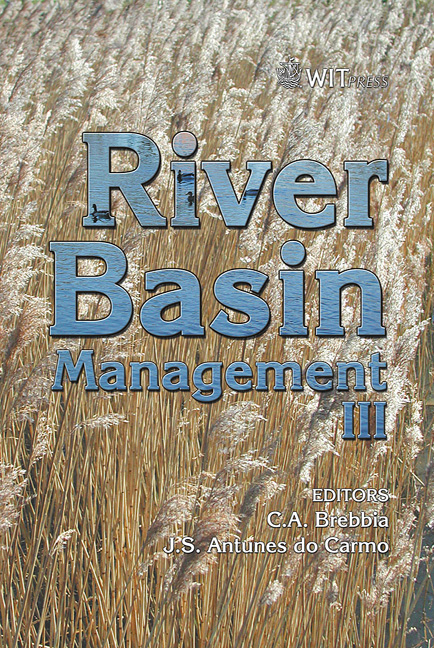A Paired-catchment Experiment In The Tatsunokuchi-yama Experimental Forest, Japan: The Influence Of Forest Disturbance On Water Discharge
Price
Free (open access)
Transaction
Volume
83
Pages
9
Published
2005
Size
364 kb
Paper DOI
10.2495/RM050171
Copyright
WIT Press
Author(s)
K. Tamai
Abstract
We proposed a new index for estimating the short-term influence of forest disturbance on discharge rates. The new index was based on the comparison of discharge duration curves between paired-catchment. Using this index, the influence of slight disturbance and recovery speed from disturbance was estimated for a 22.61 ha watershed in Japan as follows. 1) The discharge rate was increased by forest extinction in areas larger than 3.45 ha. 2) The establishment of a hinoki plantation, in combination with the lack of live stem clearing, and hinoki thinning did not influence the discharge rate. 3) The influence of pine die-off on low and drought water discharge remained even 20 yrs after disturbance, probably because of the absence of afforestation following the disturbance. 4) Afforestation following disturbance leads to a rapid decrease in discharge rate. Keywords: paired-watershed experiment, discharge duration curve, forest management. 1 Introduction Forests influence water discharge via transpiration and infiltration into deeper soil. The former process results in decreased discharge rates, especially peak discharge, and thereby contributes to flood prevention. The latter process delays water discharge and is thought to increase base flow. Therefore, forests affect base flow antithetically, both decreasing it by transpiration and increasing it by
Keywords
paired-watershed experiment, discharge duration curve, forestmanagement.





